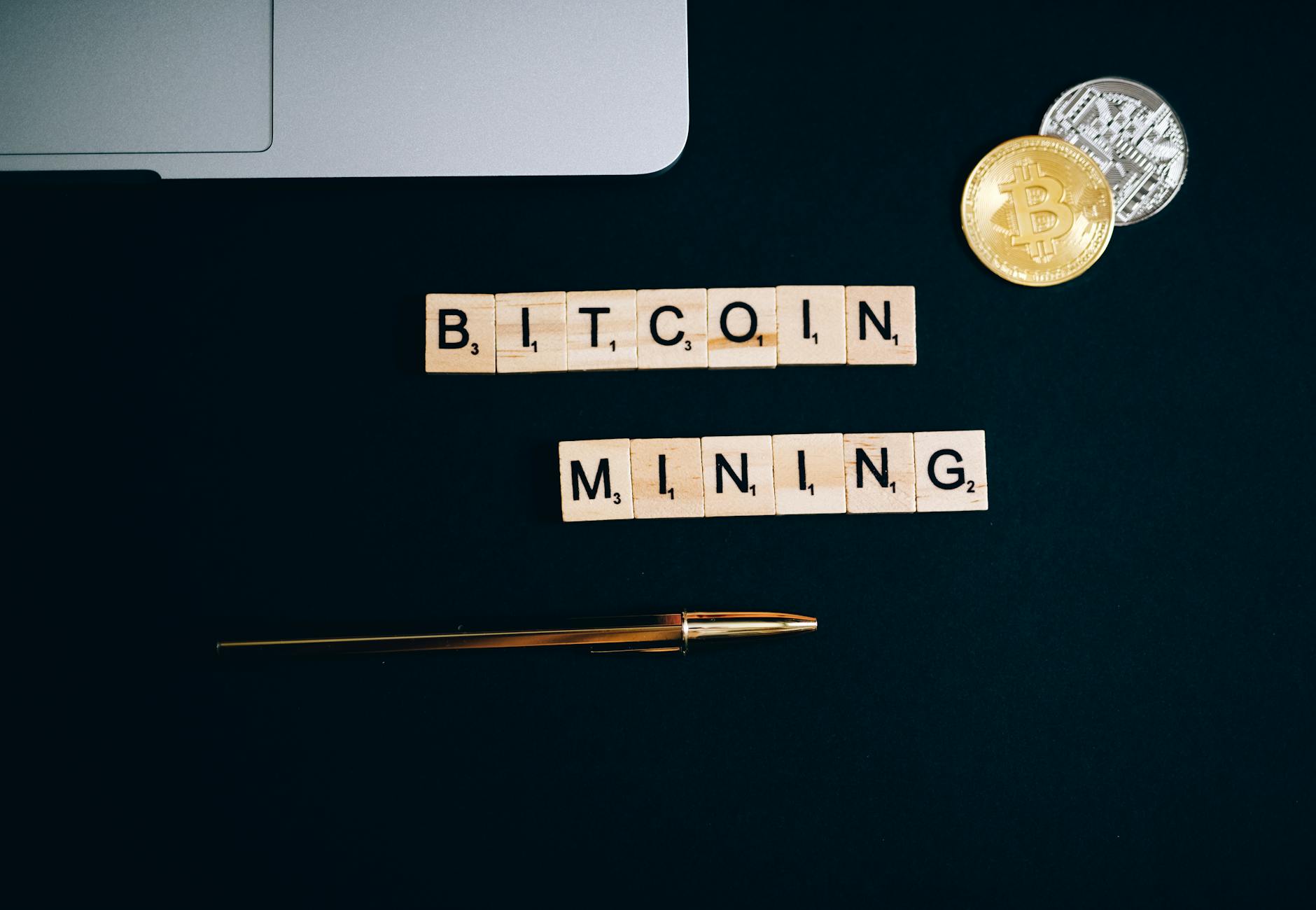"10% of ETH Validators Push for Gas Limit Increase: Impact Ahead"

10% of ETH Validators Call for Gas Limit Increase: What This Means for the Network
Market Overview
The Ethereum network continues to evolve, with recent discussions indicating that 10% of its validators are advocating for an increase in gas limits. This proposal could significantly impact transaction efficiency and network congestion, which are critical for users and developers alike.
Specific market observations
As Ethereum's usage expands, the demand for processing transactions has surged. Current gas limits may hinder the network's ability to scale effectively. Validators' push for an increase reflects growing concerns over transaction fees and speed.
Key Developments
Recent validator discussions have highlighted the challenges posed by Ethereum's existing gas limits. By proposing an increase, these validators aim to alleviate bottlenecks that have plagued the network during peak usage times.
Data points and metrics
Currently, Ethereum's gas limit stands at approximately 30 million gas units. Proponents of the increase argue that raising this limit could lead to enhanced throughput, potentially allowing the network to handle more transactions per second.
Expert perspectives
Industry experts suggest that adjusting the gas limit could be a double-edged sword. While it may reduce fees and improve transaction speeds in the short term, it could also lead to increased network strain if not managed correctly.
Technical Analysis
Analyzing the technical implications of a gas limit increase reveals both opportunities and challenges. Validators aim to enhance transaction speeds, but the network's architecture must support such changes sustainably.
Technical insights
Current Ethereum metrics indicate that transaction fees often spike during high network usage. A higher gas limit could mitigate this issue, allowing for more transactions to be processed simultaneously.
Future Implications
The potential increase in gas limits could reshape Ethereum's landscape. It raises questions about the balance between network performance and decentralization, which is vital to Ethereum's ethos.
Trend analysis
Looking ahead, should the proposal gain traction, we may see a shift in how transactions are conducted on the Ethereum network. Early adopters of the change may benefit from lower fees and faster confirmations.
Common challenges and solutions
Implementing a gas limit increase is not without challenges. Validators need to ensure that the network remains stable and secure while accommodating more transactions. Ongoing discussions will focus on maintaining this balance.
Conclusion and Actionable Takeaways
As 10% of ETH validators push for a gas limit increase, the Ethereum community should stay informed about the potential impacts. Here are key takeaways to consider:
- Monitor validator discussions for insights on potential changes.
- Assess how changes in gas limits may affect transaction costs and speeds.
- Stay updated on community feedback to understand broader implications.
By understanding these developments, users and investors can make informed decisions as the Ethereum network continues to adapt to its growing demands.
This article has been thoughtfully curated and enhanced from the original news article. We've restructured and expanded upon the content to provide you with a more comprehensive and accessible reading experience. Original article source for reference.